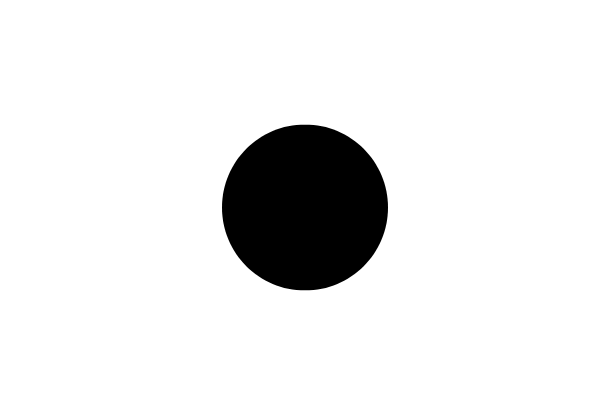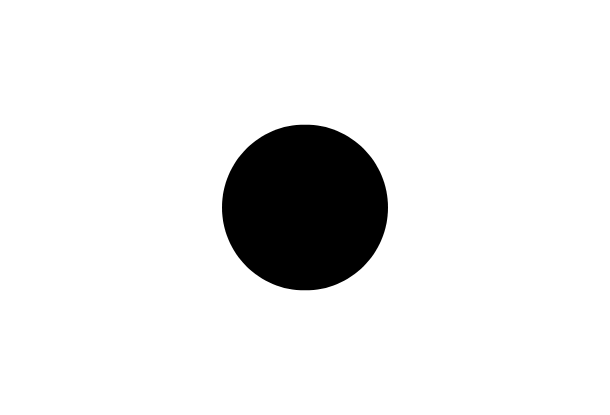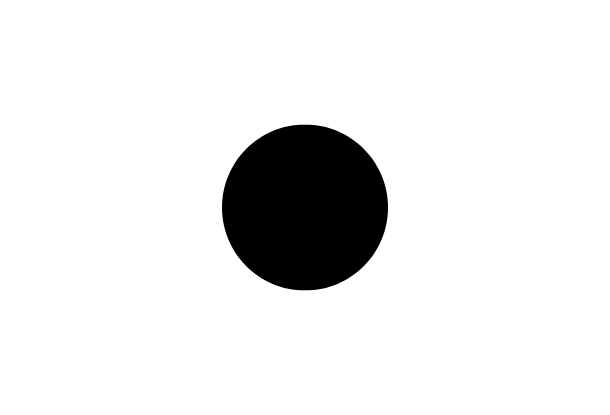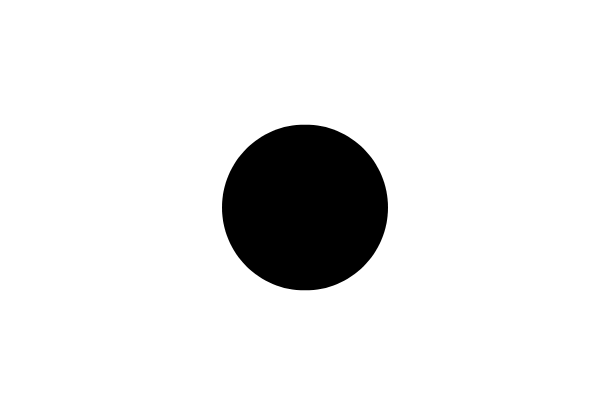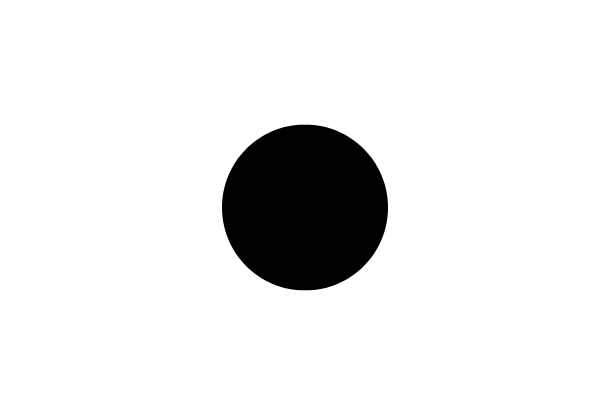Once on a family holiday, we were walking around the side streets of a small Welsh town when we stumbled upon an old bric-a-brac shop that was closed for many years.
Among the dusty collection of forlorn objects in the window display sat a vintage doll with braided hair, a straw hat, and a yellowed cotton dress. Her cheeks were webbed with tiny cracks and one of her eyes was missing. With her remaining eye, she gazed out across the universe like a martyr in a medieval painting. A huge dead spider lay curled up in her lap.
That image really troubled my childhood imagination, filled me with a terrible sense of nausea. It is the same feeling I got years later when I first saw Jan Švankmajer’s Jabberwocky, which is celebrating its 50th anniversary this year. His use of musty found objects in his animation, including dolls like the one sitting in that shop window years ago, disturbs me to this day.
Strangely I consider this a good thing, and with this in mind, I thought I’d check out Švankmajer’s final film, Insects. The blurb states that it is based on the play Pictures from the Insects’ Life by Karel and Josef Čapek, although that is a little misleading. The film finds Švankmajer in a playful mood, seemingly determined to do everything apart from shoot a straightforward adaptation of the satirical work.
After a cold open where we see a middle-aged man dressed in bug wings and goggles hurrying along the street, Švankmajer appears before the camera himself to provide a foreword for his new feature. The brothers Čapek wrote the play in 1924 while Hitler was sitting in a pub scheming his terrible schemes and Lenin was building his first gulags. Meanwhile, the Czechs and Slovaks were enjoying their newly founded republic, and people found the Čapek’s play a bit too pessimistic for the times. It was sheer youthful misanthropy, he tells us, and only gained greater relevance as the momentous events of the 20th century unfolded.
All very interesting, you might think, and this foreword certainly whetted my appetite for the adaptation that was to follow. However, that is when Švankmajer goes deliberately off-script, flunking his lines and warning us of the chaos to follow.
Next up, we meet the Director (Jaromír Dulava), who is putting together a stage production of the Čapek play in a threadbare theatre with a reluctant troupe of amateur actors. He appears to be the only one excited about it and is exasperated by his less-than-enthusiastic cast, including his cheating wife Ružena (Kamila Magálová) and her toyboy lover Václav (Jan Budař).

Rounding out the pitiful cast is Borovička (Jiří Lábus), the hurrying man we saw earlier who becomes convinced he may be turning into his character, the Dung Beetle; Jituška (Ivana Uhlířová) a bored ballerina who suddenly starts seeing live insects all over the place; and Kopriva (Norbert Lichy), a slovenly policeman who divides his time waiting for his lines sleeping, leering over Jituška and stuffing his face.
The first scene isn’t even over before Švankmajer is on camera again, giving Dulava direction on how the Director should direct during the scene. And so it goes, frequently cutting back to behind the camera to show how the legendary filmmaker achieves his vision.
These parts are very entertaining, and show Švankmajer as a fully engaged, hands-on director, handling live cockroaches and throwing knives around. In one scene we see Jituška about to throw up, and before we see the act, we switch to Švankmajer and his crew mixing up a batch of fake puke and getting the right splatter effect before we cut back to the character losing her lunch.

There is some fascinating insight into how Švankmajer gets his trademark stop-motion effects, like when Kopriva’s horrible tongue suddenly extends to a ridiculous length to slurp up a bug on his cheek, and the painstaking process of turning Borovička into a giant dung-ball chasing beetle. As usual, we get some gross close-ups of slobbery mouths and writhing insects, and the sound mix is cranked up to amplify minute effects to an unsettling degree.
By repeatedly breaking the fourth wall to tell us about the movie he is making, Švankmajer seems to be more interested in making the “making of” than the adaptation of Čapek he is supposedly making. It’s all very meta, but the main problem is this: the actual “film” part is pretty tepid Švankmajer at best.
Insects is partly a mediocre non-adaptation of a satirical play, and partly a very entertaining “Making of” about a Švankmajer production. As far as swan songs go, the main appeal of Insects is the chance to watch a master at work, and that will be enough for most fans and film buffs to take the ride. Švankmajer is the star of the show here, and seeing him in action is a nice way to bring the curtain down on an illustrious career.
***
Insects (Hmyz) is showing on Czech Netflix at the time of writing.







